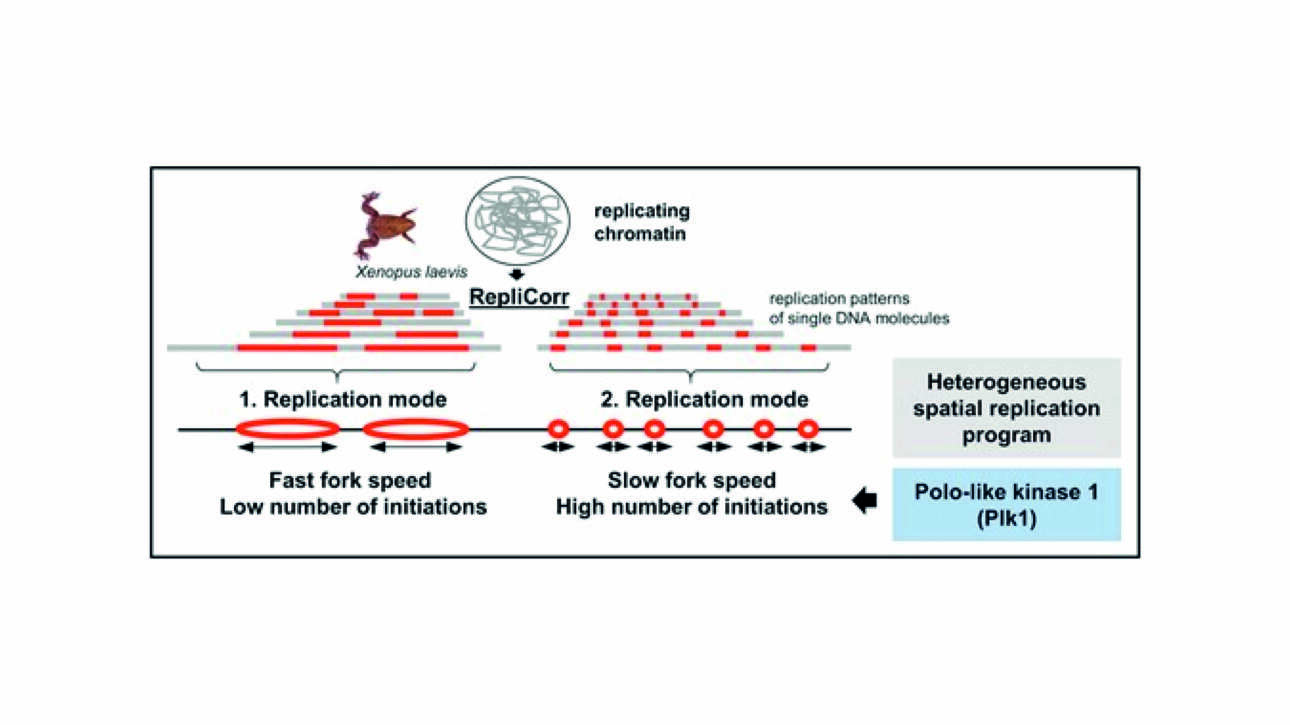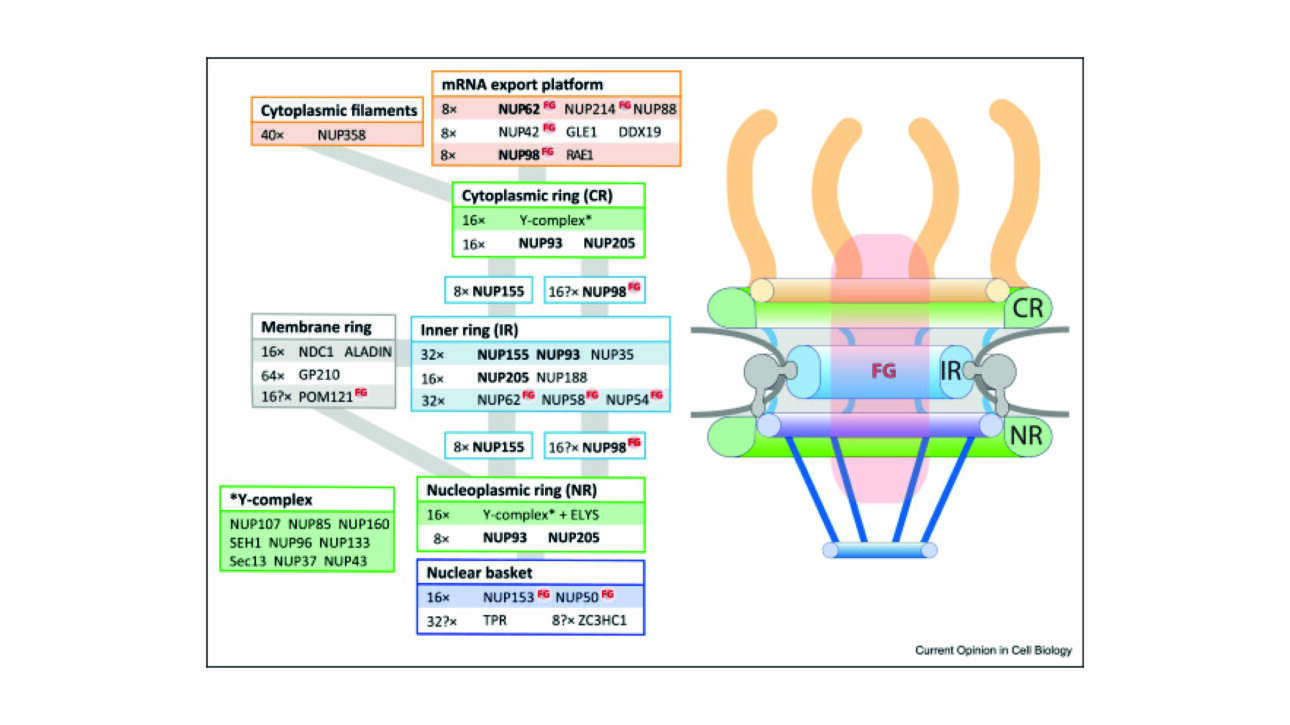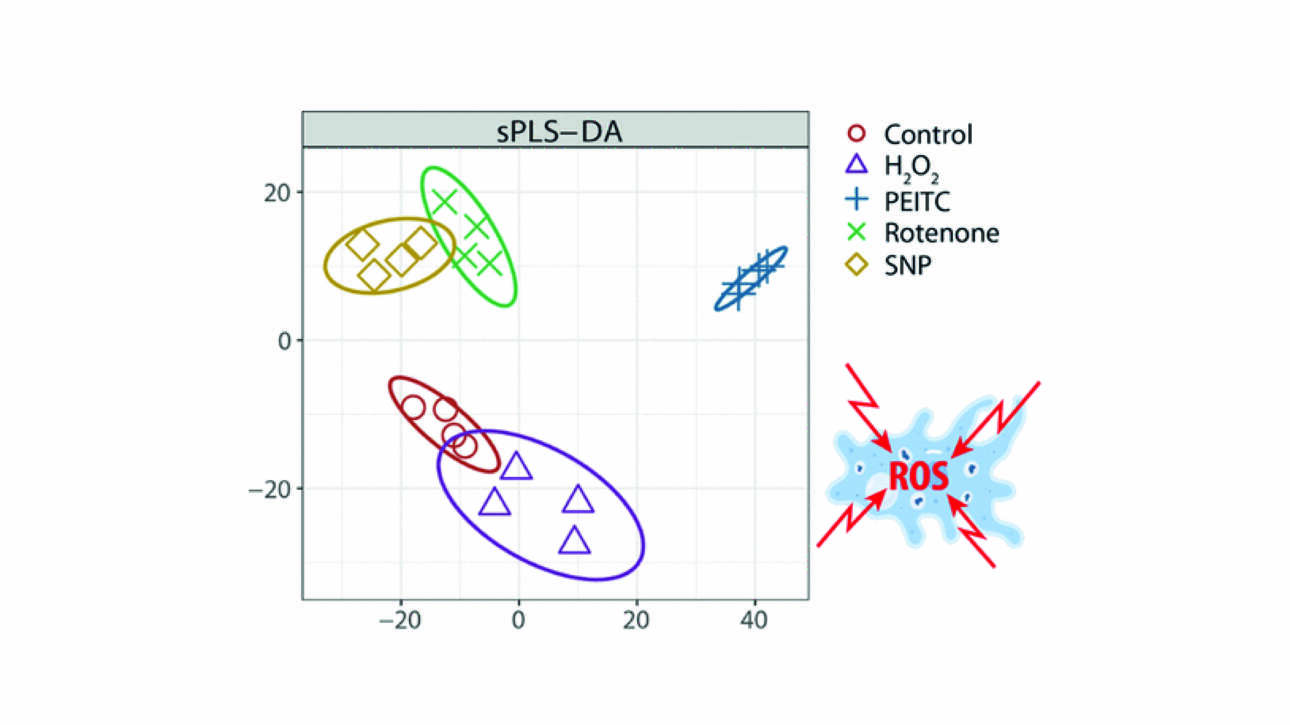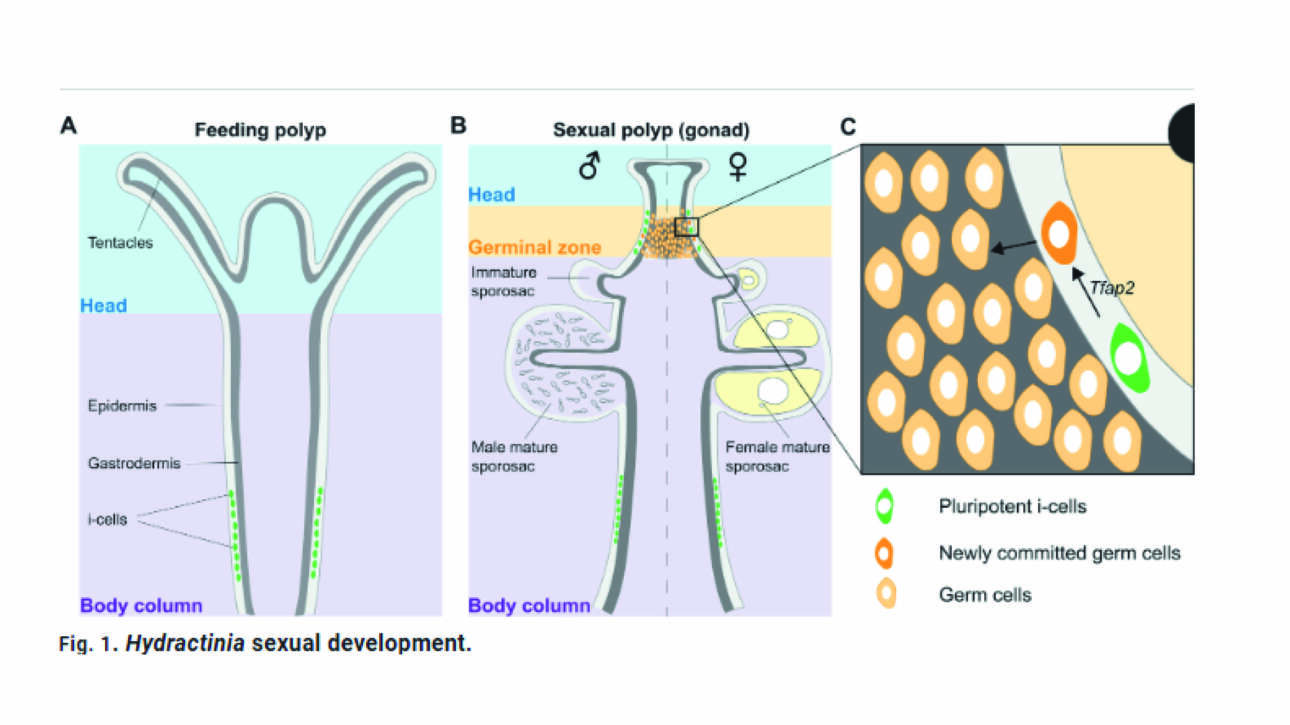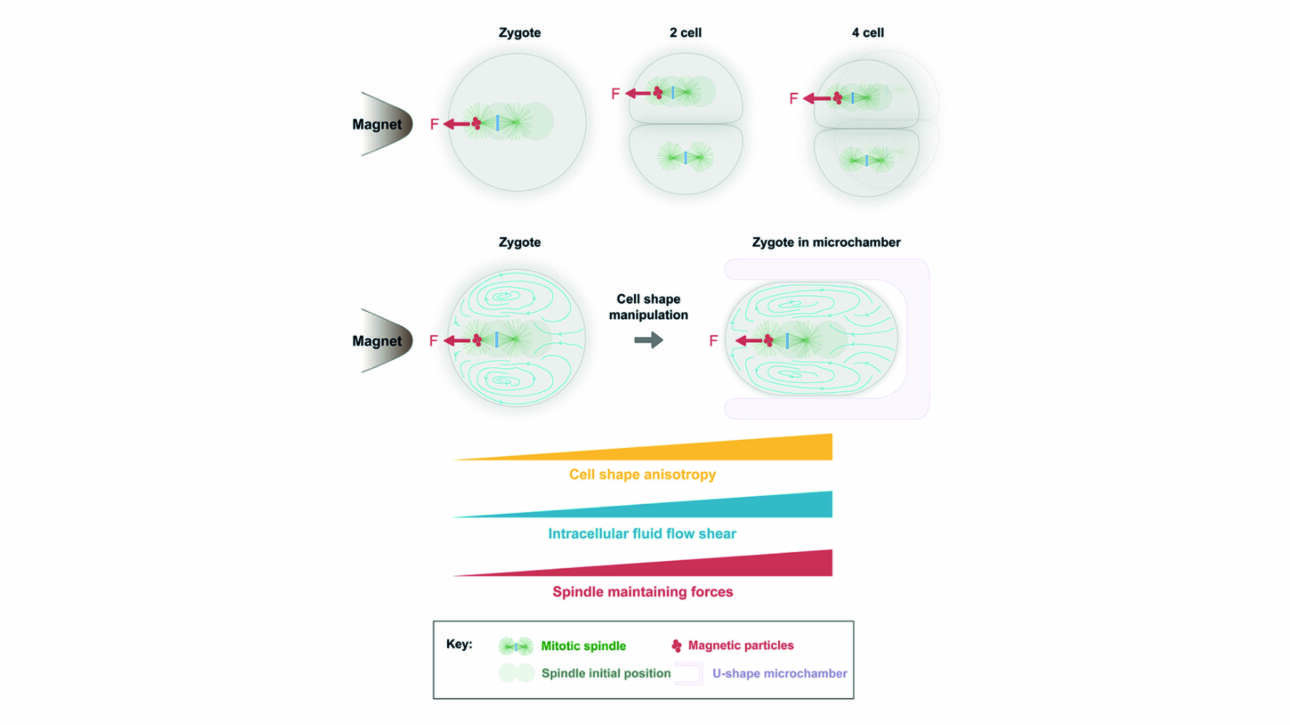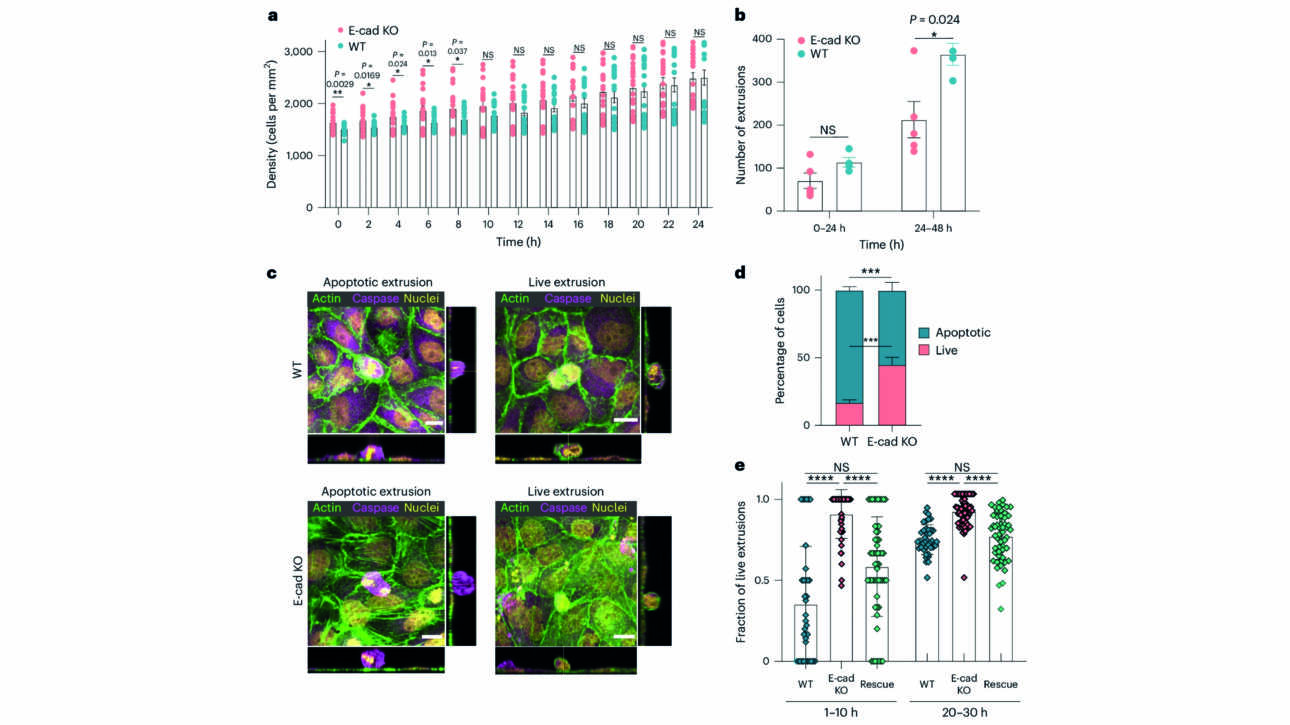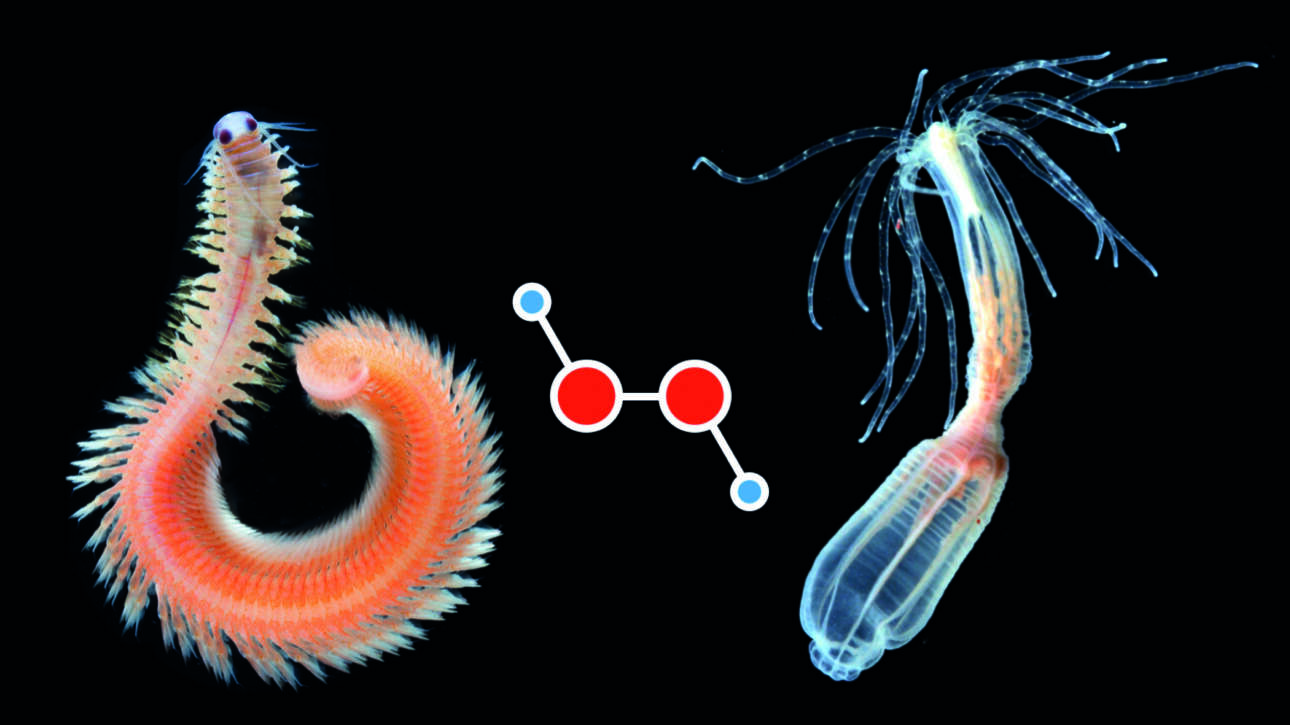The Prioleau publisehd a new article in Nucleic Acid Research:
Dual DNA replication modes: varying fork speeds and initiation rates within the spatial replication program in Xenopus
Abstract:
Les génomes des vertébrés se dupliquent en activant des dizaines de milliers d'origines de réplication de l'ADN, réparties de manière irrégulière le long du génome. Cependant, en l'absence d'une séquence…
